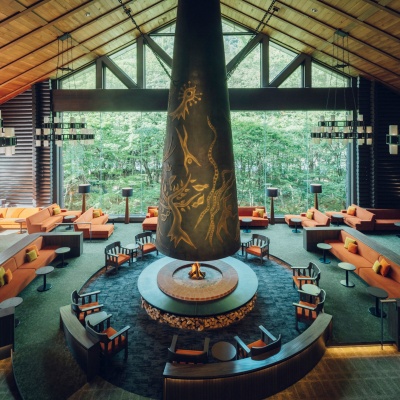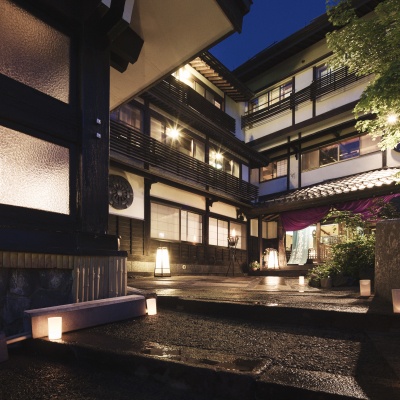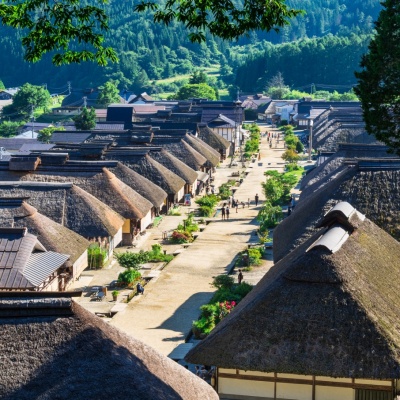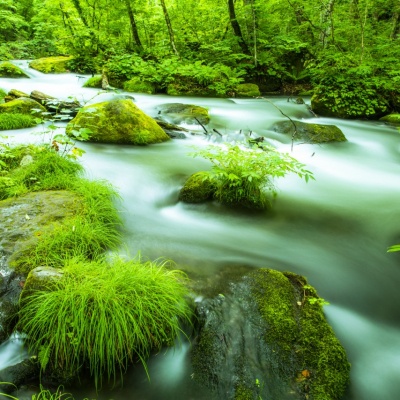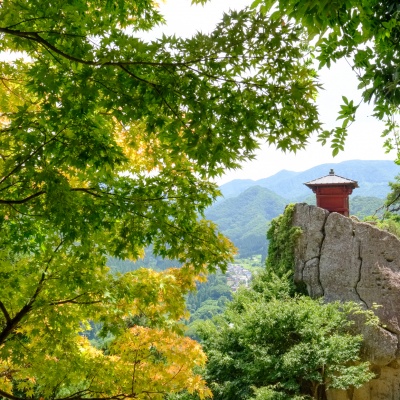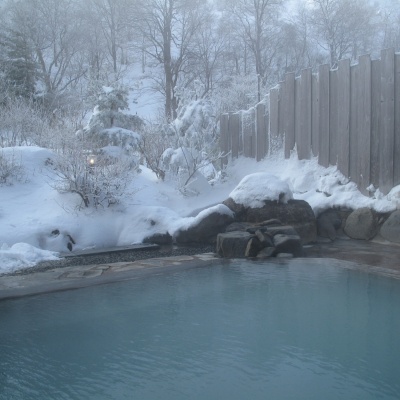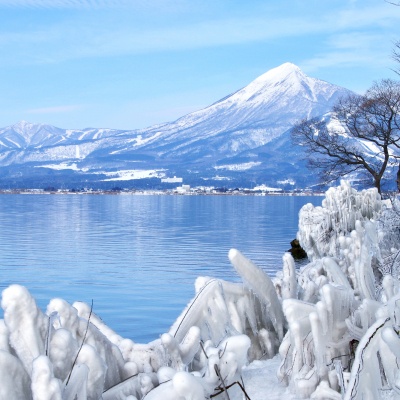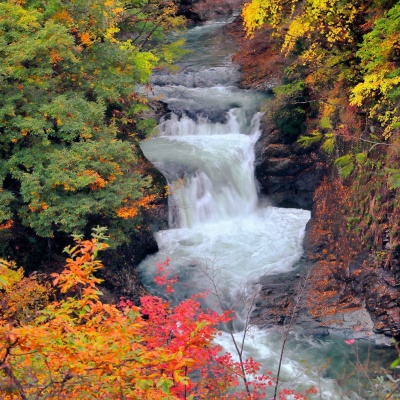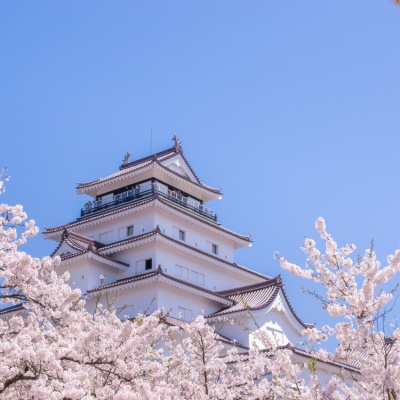Historic tour and hot springs in Sendai and Yamagata (2 days)
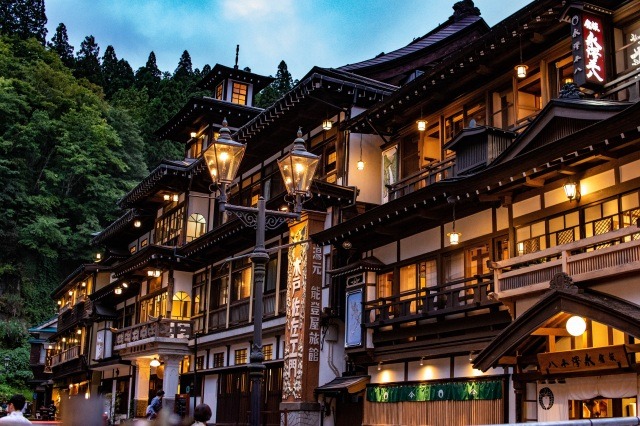
Historic tour and hot springs in Sendai and Yamagata (2 days)
START
Day1
Zuihoden
The resting place of Date Masamune
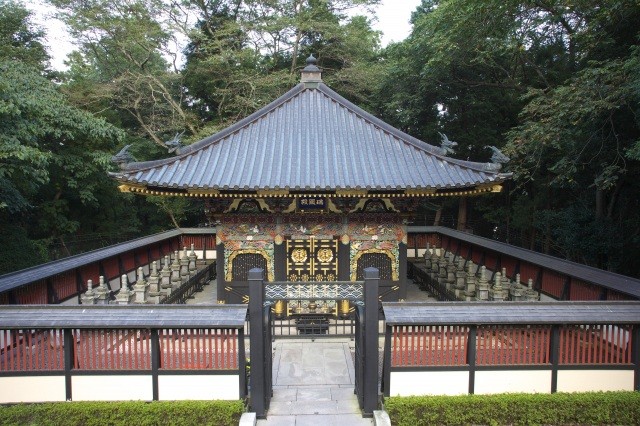
Zuihoden is the mausoleum of Date Masamune, the founder of Sendai and most powerful daimyo (feudal lord) of the Tohoku region. Constructed in 1637 and designated as a National Treasure in 1931, it was destroyed by a fire during the second world war; the present structure was built in 1979 and reconstructed in its original Momoyama architectural style. There is a second and third generation mausoleum on the site, as well as a museum displaying excavation materials.
*Please check the official website for the latest information.
*Please check the official website for the latest information.
Lunch in Sendai city
Beef Tongue
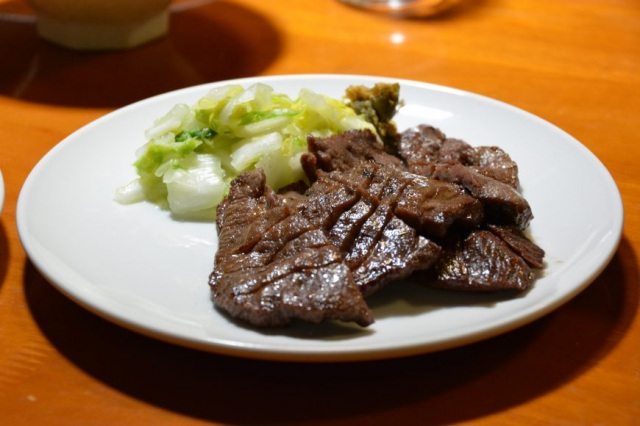
A large number of restaurants specialising in beef tongue can be found along “Beef Tongue Street” at Sendai station and in Sendai’s city centre. Each restaurant has its own recipe and technique for the city’s famous grilled beef tongue, and a variety of other beef tongue dishes are available including stewed, marinated, sashimi and sushi. Enjoy the authentic grilled beef tongue and compare the flavours of each restaurant!
Search Restaurants
Search Restaurants
Risshaku-ji Temple
The historic temple rising to the sky along delightful mountain paths described in the great Haiku master’s poem
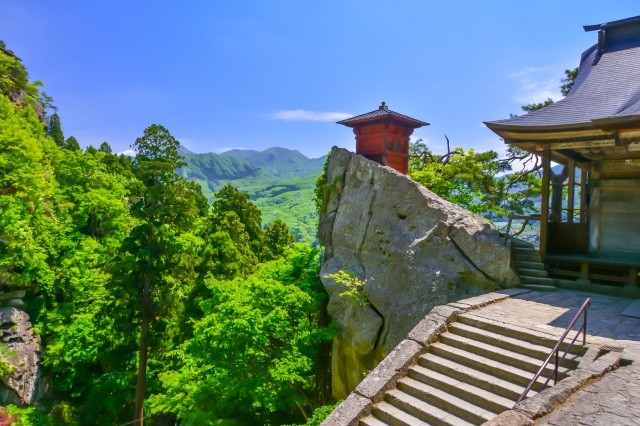
Risshaku-ji Temple is popularly known as Yamadera (Mountain Temple). The rocky mountain itself is a sacred location for ascetic Zen practices. Visitors can enjoy breath-taking views along the one-hour path from the foot of the mountain to Okunoin Temple and Daibutsuden Hall at the top. The great Haiku master Basho Matsuo composed one of his best-known Haiku poems “Shizukesa ya/iwa ni shimiiru/semi no koe” in the work “Oku no Hosomichi” (Narrow Road to the Deep North) while walking this path.
The series of 1,015 stone steps to Okunoin Temple is said to steadily release visitors from their worldly desires as they ascend. The many historic sites and scenic locations along the way encourage visitors to continue the climb while enriching the mind and senses.
The path begins with Konpo Chudo Hall, the oldest cedar wood building in Japan and a designated Important Cultural Property. Midahora Rock is a lucky location that is said to bring happiness if visitors can find the figure of Buddha on the side of the rock eroded by wind and rain over thousands of years. Passing through the Niomon Gate with a pair of fierce guardian god statues brings you to the majestic Kaizando and Nokyodo Halls. The red Nokyodo Hall sitting on a craggy mountain outcrop is an iconic view of the Yamadera. The steps on from Kaizando Hall take visitors to Godaido Hall which is evocative of a traditional Noh stage offering a panoramic view of the surrounding mountains. The final destinations are Okunoin Temple and Daibutsuden Hall, which is said to expel evil spirits.
After exploring the mountain temples be sure to enjoy the variety of local specialties available at the nearby shops including Yamadera Chikara Konjac, cherry ice cream and Dashi Soba noodles!
The series of 1,015 stone steps to Okunoin Temple is said to steadily release visitors from their worldly desires as they ascend. The many historic sites and scenic locations along the way encourage visitors to continue the climb while enriching the mind and senses.
The path begins with Konpo Chudo Hall, the oldest cedar wood building in Japan and a designated Important Cultural Property. Midahora Rock is a lucky location that is said to bring happiness if visitors can find the figure of Buddha on the side of the rock eroded by wind and rain over thousands of years. Passing through the Niomon Gate with a pair of fierce guardian god statues brings you to the majestic Kaizando and Nokyodo Halls. The red Nokyodo Hall sitting on a craggy mountain outcrop is an iconic view of the Yamadera. The steps on from Kaizando Hall take visitors to Godaido Hall which is evocative of a traditional Noh stage offering a panoramic view of the surrounding mountains. The final destinations are Okunoin Temple and Daibutsuden Hall, which is said to expel evil spirits.
After exploring the mountain temples be sure to enjoy the variety of local specialties available at the nearby shops including Yamadera Chikara Konjac, cherry ice cream and Dashi Soba noodles!
Ginzan Onsen
This classic hot spring town lined with traditional wooden architecture is full of photogenic nostalgia!
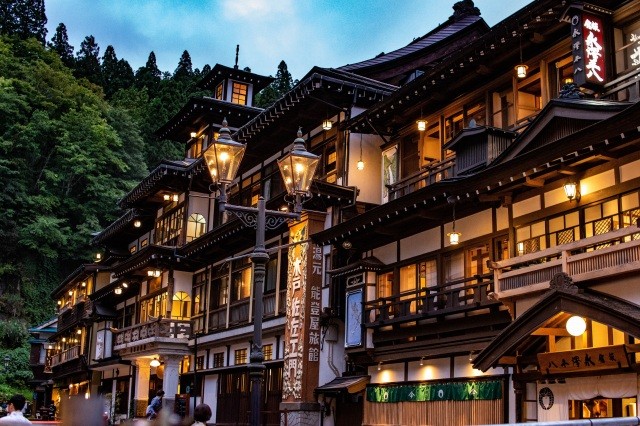
Travel back in time to classical Japan in Ginzan Onsen! The town is home to wooden hot spring inns lining each side of the Ginzan River and resonates with nostalgic beauty when illuminated at night by gas street lamps. The view reminds visitors of scenes from the famous film “Sprinted Away” by Hayao Miyazaki. Before that the town was used as a location of NHK’s popular TV drama series “Oshin”, a monumental hit of 1983. The night view of the town blanketed in snow beneath the warm streetlights is particularly photogenic during winter.
Walking along the town’s streets visitors will find colourful pictures known as Kote-e on the walls of hot spring inns and snowflake designs on tiles on the roads. Relax your feet in hot spring water rising directly from its source at the “Warashiyu” footbaths along the Ginzan River while exploring the town! The compact town is suitable for strolling around and has a variety of cafes, eateries and gift shops. Classical costumes of the Taisho period can be rented from local shops to enhance the Onsen experience and take visitors back to the time when Japanese arts and culture flourished following exposure to western cultural influences. Why not enjoy strolling around this picturesque town in a chic costume?
The town is covered with deep snow in winter however it is easily accessible via a 3-hour Shinkansen from Tokyo and direct 40-minute bus ride. A relaxing soak in a hot spring surrounded by snowy scenery is an exceptional delight! After a warm hot spring bath, enjoy savouring local specialties including the local Wagyu beef “Obanazawa” and Obanazawa Soba noodles!
Neighbouring natural attractions include Senshinkyo Gorge, a scenic location during the seasons of verdant greens and autumn leaves and the 22-metre vertical drop of Shirogane-no-taki Waterfall.
A thematic journey in the Tohoku region:Hot springs
Walking along the town’s streets visitors will find colourful pictures known as Kote-e on the walls of hot spring inns and snowflake designs on tiles on the roads. Relax your feet in hot spring water rising directly from its source at the “Warashiyu” footbaths along the Ginzan River while exploring the town! The compact town is suitable for strolling around and has a variety of cafes, eateries and gift shops. Classical costumes of the Taisho period can be rented from local shops to enhance the Onsen experience and take visitors back to the time when Japanese arts and culture flourished following exposure to western cultural influences. Why not enjoy strolling around this picturesque town in a chic costume?
The town is covered with deep snow in winter however it is easily accessible via a 3-hour Shinkansen from Tokyo and direct 40-minute bus ride. A relaxing soak in a hot spring surrounded by snowy scenery is an exceptional delight! After a warm hot spring bath, enjoy savouring local specialties including the local Wagyu beef “Obanazawa” and Obanazawa Soba noodles!
Neighbouring natural attractions include Senshinkyo Gorge, a scenic location during the seasons of verdant greens and autumn leaves and the 22-metre vertical drop of Shirogane-no-taki Waterfall.
A thematic journey in the Tohoku region:Hot springs
Day2
Kajo Park
A hub for cultural attractions around reconstructed castle buildings
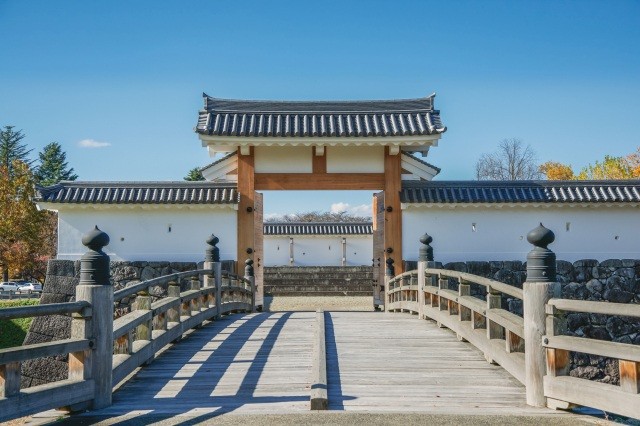
Yamagata Castle was constructed in 1592 by Yoshiaki Mogami, one of Tohoku’s prominent feudal lords of Japan’s Civil War period. It is recognised as one of Japan’s top 100 castles. Located in the centre of Yamagata city, the castle grounds were opened to the public as Kajo Park after World War Two. In recent years excavations and restorative works have been taking place. Visitors can enjoy the historic castle’s beauty in some of the reconstructed buildings including the main gates which were reassembled in 2018.
A heroic equestrian statue of Yoshiaki Mogami stands on the castle grounds. Yoshiaki was the founding and most popular feudal lord of the castle and dedicated resources to the city’s development.
The Yamagata Prefectural Hospital, built in 1878, was reconstructed as the Yamagata Kyodokan in 1969 and opened to the public with free admission. The western style building exhibits documents on local history along with medical equipment of that time. The nearby square pillar-shaped stone is a macabre historic site. Local folklore says that Yoshiaki placed the head of his biggest rival, Nagahisa Shiratori, on the stone when he murdered him.
Thanks to the 1,500 cherry blossom trees on the former castle grounds, Kajo Park is one of Yamagata’s best scenic locations for cherry blossoms. The row of cherry blossom trees along the east and south moats is illuminated during the peak blooming season. Besides the Yamagata Kyodokan, the park and the surrounding area have many cultural attractions popular with tourists including the Yamagata Prefectural Museum, the Yamagata Museum of Art and the Yoshiaki Mogami Historical Museum.
A heroic equestrian statue of Yoshiaki Mogami stands on the castle grounds. Yoshiaki was the founding and most popular feudal lord of the castle and dedicated resources to the city’s development.
The Yamagata Prefectural Hospital, built in 1878, was reconstructed as the Yamagata Kyodokan in 1969 and opened to the public with free admission. The western style building exhibits documents on local history along with medical equipment of that time. The nearby square pillar-shaped stone is a macabre historic site. Local folklore says that Yoshiaki placed the head of his biggest rival, Nagahisa Shiratori, on the stone when he murdered him.
Thanks to the 1,500 cherry blossom trees on the former castle grounds, Kajo Park is one of Yamagata’s best scenic locations for cherry blossoms. The row of cherry blossom trees along the east and south moats is illuminated during the peak blooming season. Besides the Yamagata Kyodokan, the park and the surrounding area have many cultural attractions popular with tourists including the Yamagata Prefectural Museum, the Yamagata Museum of Art and the Yoshiaki Mogami Historical Museum.
Lunch in Yonezawa city
Yonezawa beef from Yamagata
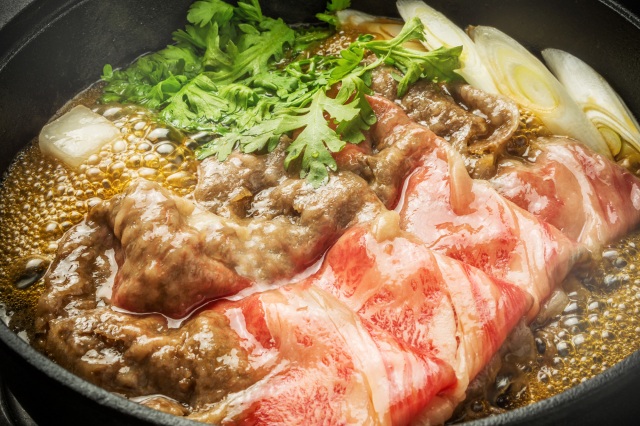
The nationally renowned Yonezawa beef is a breed of cattle raised in the Yonezawa basin. Large temperature differences between the hot and humid summers and cold, harsh winters produce fit cattle with perfectly marbled beef. The cuts and slices of Yonezawa beef feature a melt-in-the-mouth texture and a subtly sweet flavour. Many restaurants in the city of Yonezawa offer unforgettable Yonezawa beef experiences with menu options including steak, Sukiyaki and Shabu-Shabu along with reasonably priced options.
Search Restaurants
Search Restaurants
Uesugi Jinja Shrine
Receive some good luck at the shrine of Kenshin Uesugi, one of the most powerful warriors of the civil war period
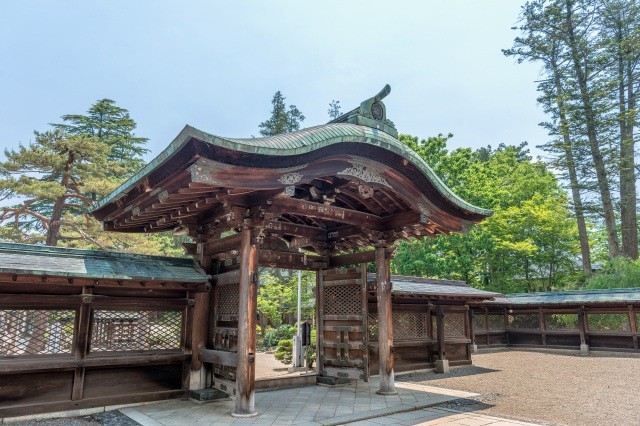
Uesugi Jinja Shrine was built on the grounds of the former Yonezawa Castle to enshrine Kenshin Uesugi, one of the most powerful warriors of the civil wars of the 15th and 16th centuries. The shrine is believed to bring good luck, academic success and thriving business thanks to Kenshin’s lingering spiritual energy.
Along the approach to the shrine, a pair of battle flags each with a Chinese character flies in the breeze on Maizuru Bridge. One has “Bi” for Bishamonten (also known as Vaisravana, the Buddhist guardian of the north) who Kenshin strongly believed in. The other has “Dragon” for Fudo Myo-o (a wrathful deity) that was used as a signal for rushing at the enemy’s position when Kenshin launched an all-out attack. Kenshin‘s firm religious faith led him to take the two most powerful deities of Buddhism to the battlefields.
History lovers should visit the treasure hall Keishoden which exhibits a number of Important Cultural Properties including relics of the Uesugi clan. There is a famous helmet of Kanetsugu Naoe, a renowned warrior and scholar, marked with the Chinese character for “Love” on display.
The shrine is located in Matsugasaki Park, a popular scenic location when the 200 cherry blossom trees lining the park moats are in bloom from mid to late April. The Yonezawa Uesugi Festival takes place at the shrine and the surrounding area from 29 April to 3 May each year. The festival’s highlights include a procession of over 1,000 shrine-parishioners dressed in extravagant samurai costumes carrying portable shrines known as Uesugi Gyoretsu, and a performance of the Battle of Kawanakajima, the biggest battle of Japan’s civil war era. The Uesugi Snow Lantern Festival takes place at the shrine and Matsugasaki Park on the weekend of the second Saturday of February each year. Over 300 candle-lit snow lanterns and 1,000 snow lamps transform the park into a winter wonderland!
The nearby Matsugasaki Shrine of Yozan Uesugi, known for the saying “where there is a will, there is a way”, also belongs to Uesugi Shrine. Visit both of the shrines for a double dose of luck!
Along the approach to the shrine, a pair of battle flags each with a Chinese character flies in the breeze on Maizuru Bridge. One has “Bi” for Bishamonten (also known as Vaisravana, the Buddhist guardian of the north) who Kenshin strongly believed in. The other has “Dragon” for Fudo Myo-o (a wrathful deity) that was used as a signal for rushing at the enemy’s position when Kenshin launched an all-out attack. Kenshin‘s firm religious faith led him to take the two most powerful deities of Buddhism to the battlefields.
History lovers should visit the treasure hall Keishoden which exhibits a number of Important Cultural Properties including relics of the Uesugi clan. There is a famous helmet of Kanetsugu Naoe, a renowned warrior and scholar, marked with the Chinese character for “Love” on display.
The shrine is located in Matsugasaki Park, a popular scenic location when the 200 cherry blossom trees lining the park moats are in bloom from mid to late April. The Yonezawa Uesugi Festival takes place at the shrine and the surrounding area from 29 April to 3 May each year. The festival’s highlights include a procession of over 1,000 shrine-parishioners dressed in extravagant samurai costumes carrying portable shrines known as Uesugi Gyoretsu, and a performance of the Battle of Kawanakajima, the biggest battle of Japan’s civil war era. The Uesugi Snow Lantern Festival takes place at the shrine and Matsugasaki Park on the weekend of the second Saturday of February each year. Over 300 candle-lit snow lanterns and 1,000 snow lamps transform the park into a winter wonderland!
The nearby Matsugasaki Shrine of Yozan Uesugi, known for the saying “where there is a will, there is a way”, also belongs to Uesugi Shrine. Visit both of the shrines for a double dose of luck!
Yonezawa Castle Ruins / Matsugasaki Park
Travel back to Japan’s civil war period at this park with beautiful moats in the hometown of the Uesugi clan!
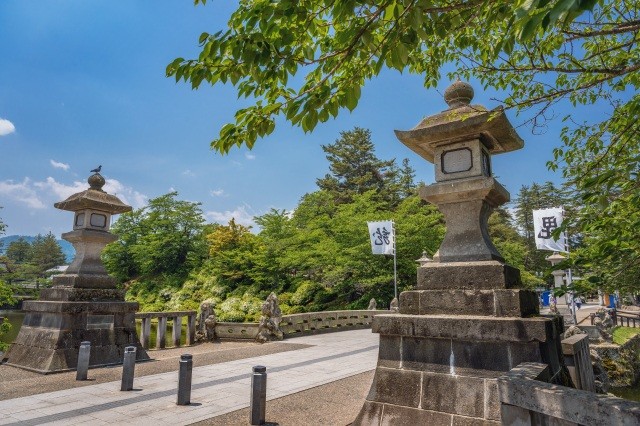
Matsugasaki Park is located on the grounds of the former Yonezawa Castle. The water-filled moats today lend a peaceful charm to the park in contrast with the castle’s turbulent history during the civil war period of many years ago. The park attracts history lovers thanks to its numerous sites related to the powerful Uesugi clan members. These included Kenshin Uesugi, one of the most powerful warriors during the civil war period of the 15th and 16th centuries, and Yozan Uesugi known for his saying “where there is a will, there is a way.” Historic attractions include the Uesugi Jinja Shrine, which today is believed to bring good luck and make wishes come true, and the treasure hall Keishoden exhibiting a number of Important Cultural Properties including relics of the Uesugi clan. There is also a stone monument indicating the birthplace of Masamune Date, the famous feudal lord known as Dokuganryu (One-Eyed Dragon).
The park is popular in spring when visitors come to view the 200 cherry blossom trees in bloom along the moats in mid to late April. Their pink flowers are particularly photogenic when reflecting on the water of the moats and make a beautiful contrast with the traditional red bridges crossing over the moats. Visitors can also enjoy magnificent autumn views when leaves of these cherry blossom trees change colours from late October to early November.
Nearby attractions include Matsugasaki Shrine enshrining Yozan Uesugi and Uesugi Joshien offering a wide range of local delicacies and crafts. Be sure to include these attractions during your visit to the park!
The park is popular in spring when visitors come to view the 200 cherry blossom trees in bloom along the moats in mid to late April. Their pink flowers are particularly photogenic when reflecting on the water of the moats and make a beautiful contrast with the traditional red bridges crossing over the moats. Visitors can also enjoy magnificent autumn views when leaves of these cherry blossom trees change colours from late October to early November.
Nearby attractions include Matsugasaki Shrine enshrining Yozan Uesugi and Uesugi Joshien offering a wide range of local delicacies and crafts. Be sure to include these attractions during your visit to the park!
GOAL
